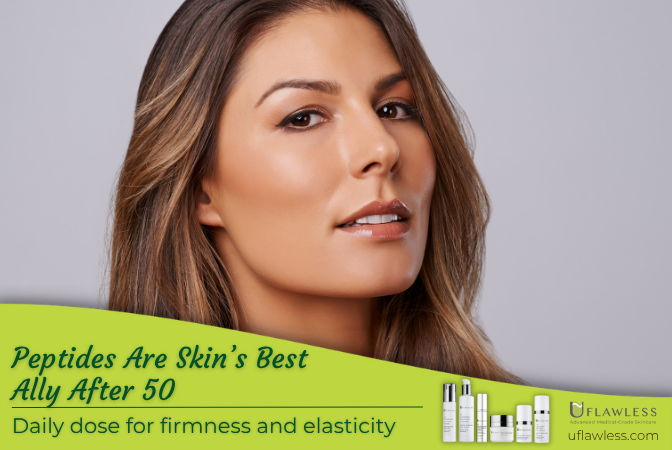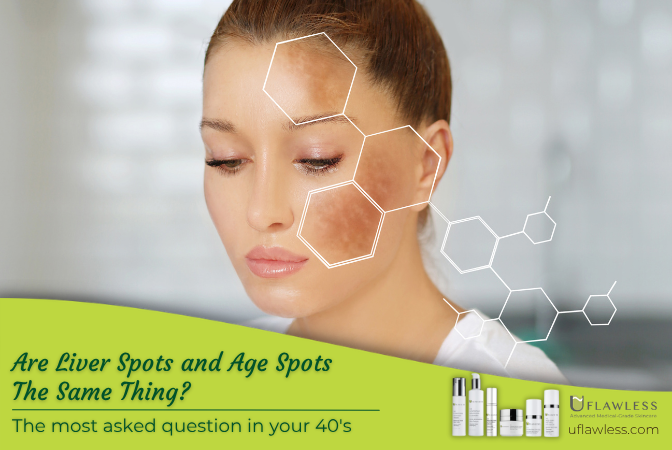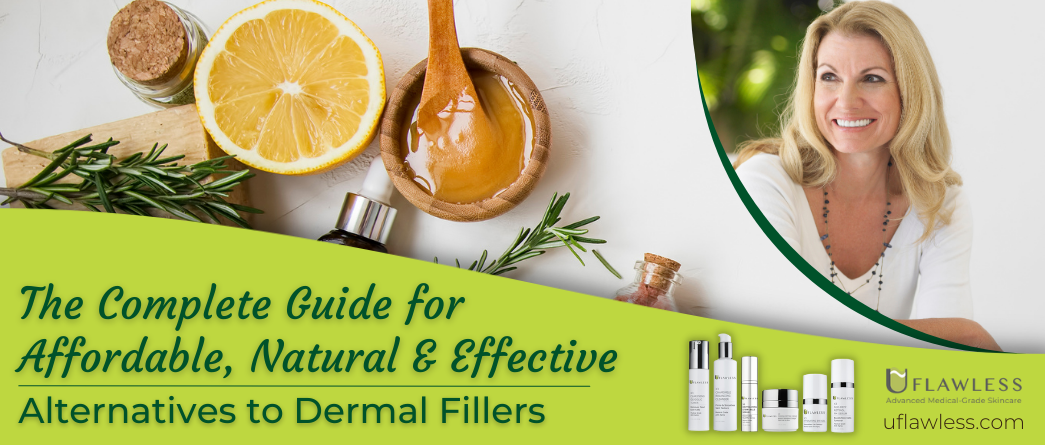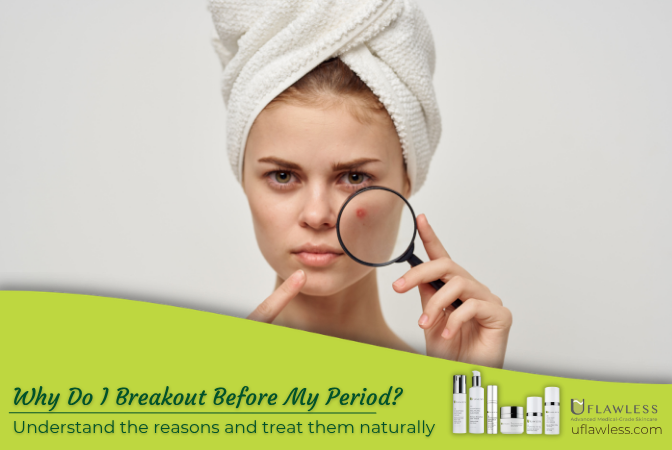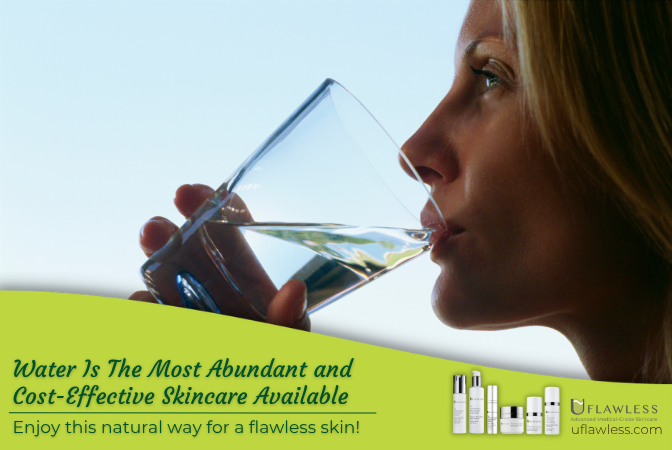
A Complete Guide to Choosing the Right Face Mask for Your Skin
Stop Wasting Money on Face Masks That Don’t Work
Let’s face it—most of us have a shelf full of face masks we no longer use.
Whether it was a hype buy or a recommendation that didn’t work out, it’s easy to feel stuck with half-used jars and wasted money.
This guide is here to fix that.
We’ll go over the different types of face masks, what each one does, and how to choose the right one for your skin type and needs, so you never have to wonder if you bought the wrong product again.
Clay Masks: Great for Oily or Acne-Prone Skin
Clay masks are some of the most popular masks out there.
They’re especially useful if your skin is oily, clogged, or prone to breakouts.
Benefits:
-
Draws out oil and impurities
-
Helps unclog pores
-
Tightens and firms the skin
-
Reduces shine
There are different types of clay masks—each with specific purposes and colors.
Types of Clay Masks:
Bentonite Clay
-
Best for oily and acne-prone skin
-
Absorbs oil, dirt, and bacteria
-
Tightens the skin as it dries
-
Leave on for 15–20 minutes and rinse with lukewarm water
Fuller’s Earth
-
Highly absorbent (even used to clean oil spills!)
-
Ideal for oily skin and pigmentation concerns
-
Helps with brightening and oil control
Kaolin Clay
-
Comes in different colors for different skin sensitivities:
-
White: very gentle, for sensitive skin
-
Pink/Yellow: mild exfoliation, combination skin
-
Red: stronger absorption, for oily or normal skin
-
French Green Clay
-
Exfoliates and boosts circulation
-
Tightens pores
-
Known for its tingling effect
-
Great for detoxifying skin and increasing radiance
Rhassoul Clay
-
Rich in minerals, originally from Morocco
-
Draws out blackheads and sebum
-
Can be used on face and hair
-
Often mixed with crushed oats or almonds for extra exfoliation
Mud Masks: Better for Hydration and Elasticity
Unlike clay masks, mud masks are more hydrating.
They’re a better option for those with dry or mature skin.
Benefits:
-
Hydrates and plumps skin
-
Boosts blood circulation
-
Leaves skin soft and elastic
-
Gently purifies without over-drying
Recommended for:
-
Dry skin
-
Dull or tired complexions
-
Skin in need of a glow-up before an event
Popular mud mask examples include:
Ahava, Alaska Glacial, Omorovicza, and Dead Sea-based products.
Sheet Masks: Quick Hydration and Nourishment
Sheet masks are made of cotton or similar fabric and soaked in serums or actives.
Benefits:
-
Hydrates and soothes
-
Great for travel or last-minute skin refresh
-
Easy to use with no rinsing required
Best for:
-
All skin types needing a moisture boost
-
Short-term treatment before a night out
They’re usually priced between $3 and $20 per mask and are perfect when you need quick results without a long routine.
Overnight Masks: Repair While You Sleep
These are meant to be the final step in your nighttime routine.
Apply after cleansing and treatments—then sleep with the mask on.
Benefits:
-
Deep hydration overnight
-
Helps actives penetrate deeply
-
Skin repairs and balances while you sleep
To remove: Wash your face with a gentle cleanser the next morning.
Peel-Off Masks: Use With Caution
These masks dry like a film that you peel off in one go—but while satisfying, they can be harsh.
Be cautious if:
-
You have sensitive skin
-
You’re using formulas with harsh chemicals or artificial fragrance
Watch for harmful ingredients:
Hexylene Glycol, DMDM Hydantoin, Tetrasodium EDTA, Iodopropynyl Butylcarbamate
Choose peel-off masks made with plant-based or fruit-based ingredients for safer use.
Cream Masks: Comforting and Customizable
These masks are typically made with fruit extracts, oils, or other soothing ingredients.
Benefits:
-
Easy to apply and rinse
-
Hydrates, softens, and comforts the skin
-
Endless options for different skin needs
Pro tip: DIY with ingredients like avocado, banana, lemon, spirulina, or honey for a natural glow.
Exfoliating Masks: Smooth and Refresh
These masks double as treatments and scrubs.
They’re usually applied like a regular mask, but during removal, you gently massage to exfoliate.
Benefits:
-
Removes dead skin cells
-
Improves texture
-
Preps skin to absorb serums and creams
Use 1–2 times a week followed by a moisturizer for best results.
Eye Masks: Targeted Treatment for Puffiness and Dark Circles
These masks are made specifically for the under-eye area, where skin is thinner and more delicate.
Benefits:
-
Reduces puffiness
-
Helps with dark circles
-
Smooths fine lines
Great for use before an event or after a sleepless night.
Charcoal Masks: Detox with a Catch
Charcoal masks are known for pulling out blackheads and deep impurities.
Pros:
-
Deep-cleans pores
-
Removes excess oil and toxins
Cons:
-
Some formulas are too harsh
-
Removal can be painful if applied incorrectly
Be sure to read ingredients and choose gentle, non-toxic versions when possible.
Bubble Masks: A Fun Twist on Clay Masks
These masks bubble up on your skin, adding oxygen and a light exfoliating feel.
While the sensation is unique, the benefits are similar to a clay mask.
It’s more about preference than results.
If you enjoy the bubbly feeling, go for it. If not, a classic clay mask will do the same job.
Final Tips for Using Any Face Mask
1. Stay Hydrated
Drink 8–12 glasses of water a day. It improves your skin from the inside out and helps masks work better.
2. Always Use Sunscreen
Sun damage is the leading cause of premature aging. After masking, your skin may be more sensitive—never skip SPF.
There’s no one-size-fits-all face mask.
Your skin’s needs change with seasons, stress, and time.
But with this guide, you’ll know what to look for and when to use it—whether you're hydrating, detoxifying, or just refreshing.
Want to elevate your mask routine? Pair your treatment with medical-grade skincare like UFlawless to maximize results and nourish your skin with 99% pure actives.
Discover the skincare that makes UFlawless.



